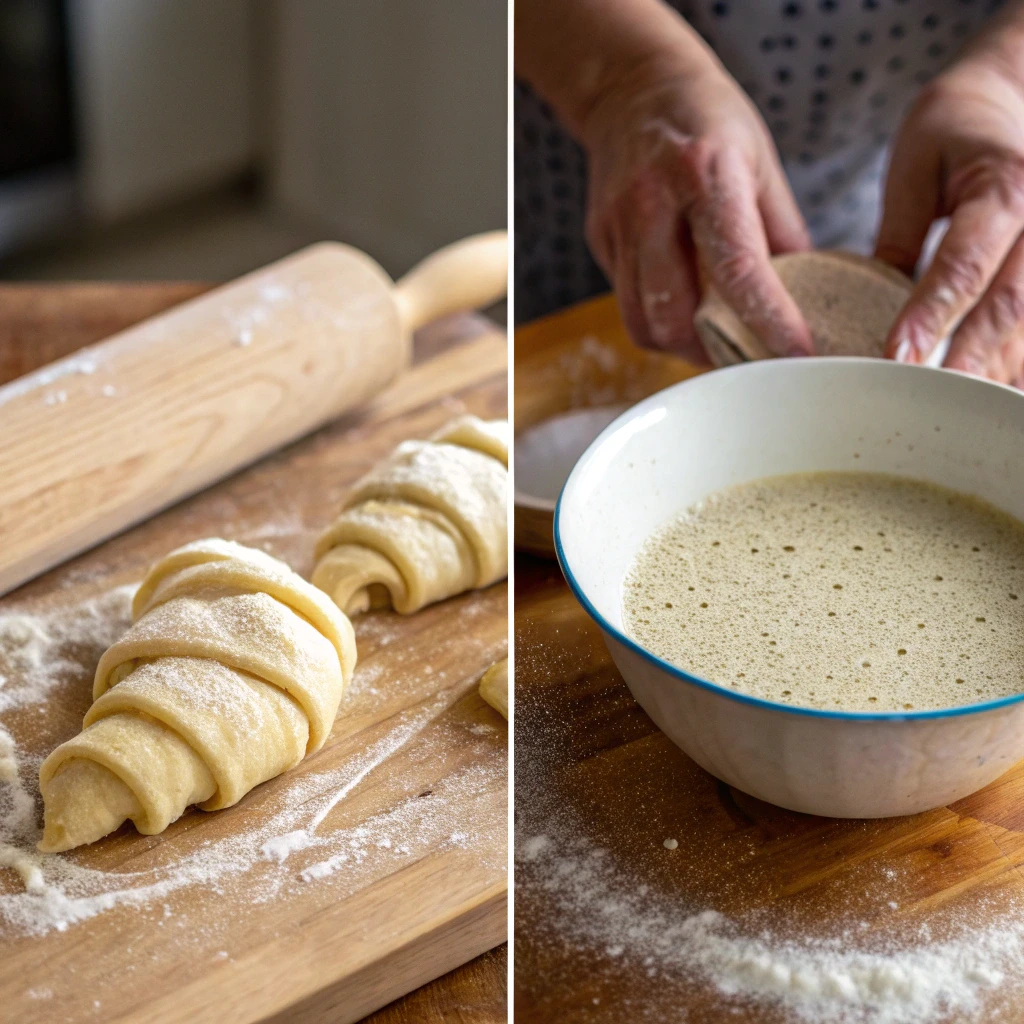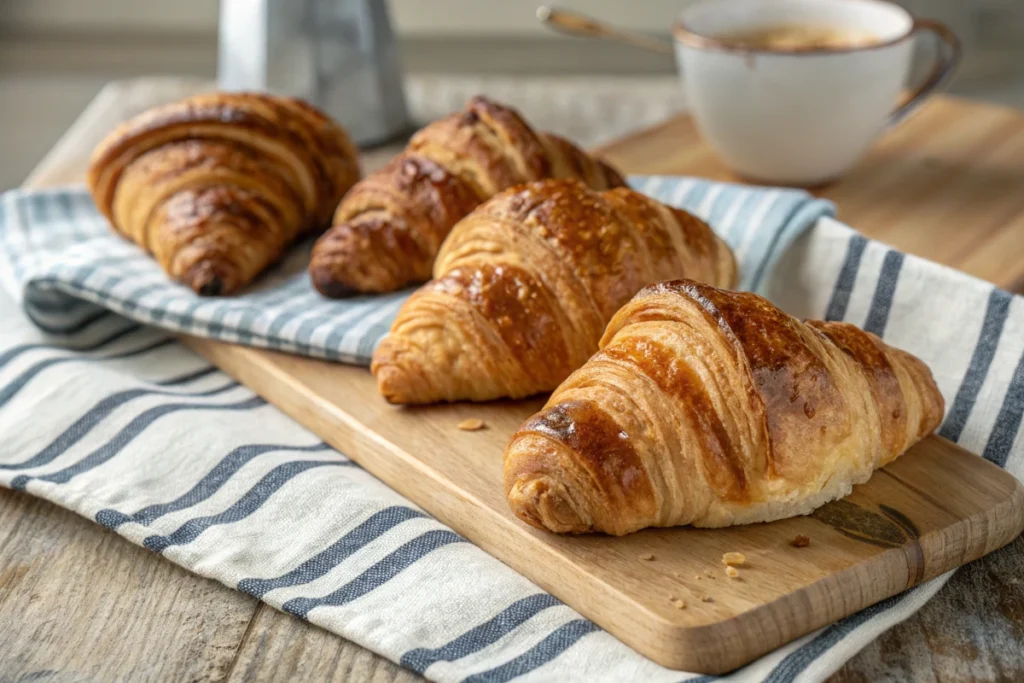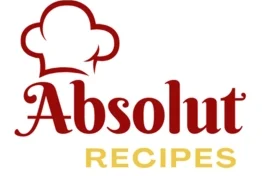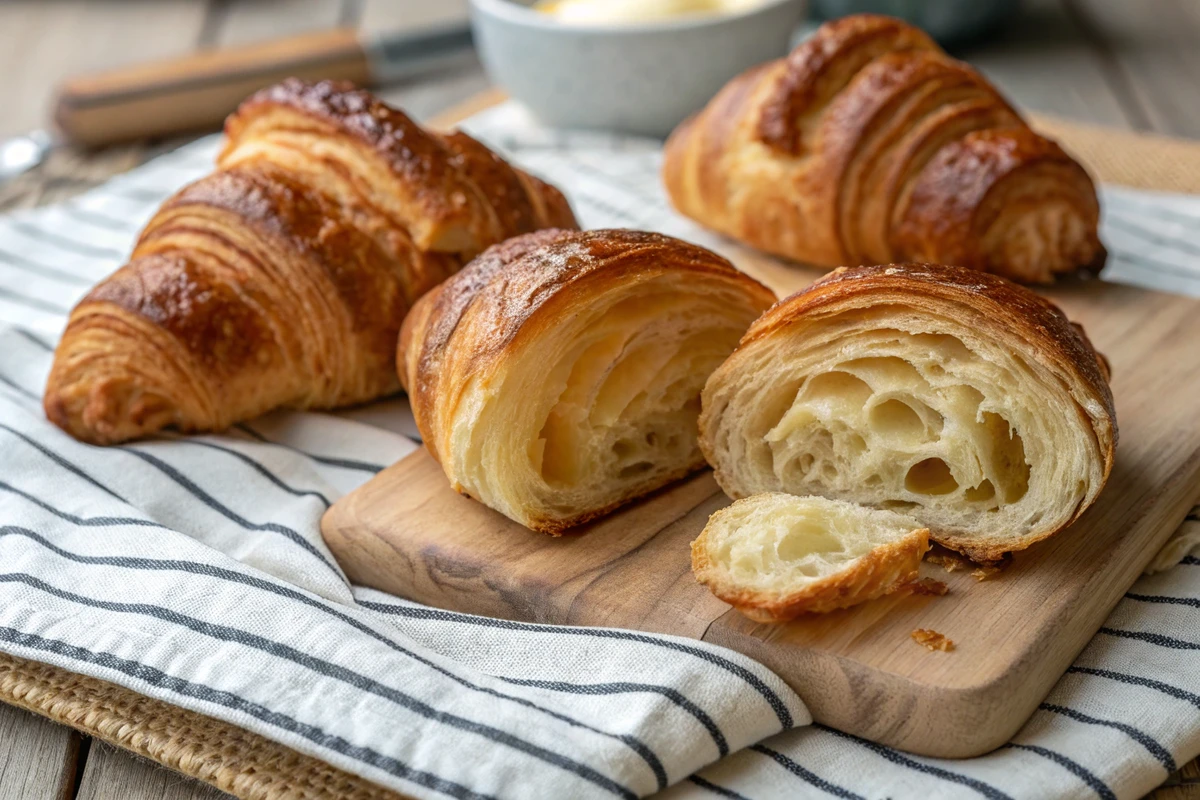Gipfeli, the Swiss cousin to croissants, is a pastry steeped in tradition and bursting with flavor. Known for its golden-brown, flaky exterior and lighter texture, Gipfeli has become a beloved breakfast staple in Switzerland. This article will dive into the history of Gipfeli, guide you through its preparation, explore creative variations, and provide expert tips to make your baking experience seamless. Whether you’re a seasoned baker or new to laminated dough, this guide will have you whipping up perfect Gipfeli in no time. Let’s get started!
What is a Gipfeli Recipe?
The History and Origin of Gipfeli
Gipfeli traces its origins back to European baking traditions, particularly in Switzerland, where it became a breakfast favorite. Unlike the buttery and rich French croissant, the Swiss Gipfeli is a bit lighter and less decadent, making it perfect for pairing with butter, jam, or savory fillings. Over time, Gipfeli evolved to include variations such as sweet chocolate-filled pastries and savory options like cheese-filled crescents.
The word “Gipfeli” is derived from the German word for “crescent,” reflecting its signature shape. This humble pastry is often found in Swiss bakeries and is a must-have during morning coffee breaks or leisurely brunches.
How Gipfeli Differs from Croissants and Cornetto
While Gipfeli might look similar to croissants or Italian cornetto, their differences lie in the ingredients and preparation methods. Croissants are heavier due to their higher butter content, while cornetto has a sweeter, denser texture. Gipfeli strikes a balance between the two with its crisp outer layers and tender, less buttery crumb. This unique texture makes it versatile for both sweet and savory fillings.
Cultural Significance of Gipfeli in Switzerland
Gipfeli is more than just a pastry—it’s a cultural icon in Switzerland. It embodies Swiss baking traditions, reflecting the country’s love for simple, high-quality ingredients and precision in preparation. Families often enjoy Gipfeli fresh out of the oven during cozy weekend mornings, while cafes serve it as a staple with coffee or hot chocolate. This timeless treat has become a symbol of comfort and community.
Ingredients for a Delicious Gipfeli Recipe
Essential Ingredients in a Traditional Gipfeli Recipe
To create an authentic Gipfeli recipe, you’ll need a few simple yet high-quality ingredients. At its core, Gipfeli uses all-purpose flour, active dry yeast, and milk to form a soft, pliable dough. A pinch of salt balances the flavor, while a small amount of sugar gives the pastry just the right touch of sweetness. The key to its flaky texture lies in European-style butter, which has a higher fat content, ensuring the perfect layers in your laminated dough.
Finally, an egg wash adds that signature golden-brown finish during baking. These simple ingredients come together to create a pastry that’s light, crisp, and utterly delicious.
High-Quality Butter for the Best Gipfeli Recipe Results
Butter is the hero of any laminated dough, and the Gipfeli recipe is no exception. It’s not just about adding flavor; butter plays a crucial role in creating those delicate, flaky layers. To achieve the best results, opt for chilled butter with at least 82% fat content. This ensures the layers remain distinct while folding and rolling the dough. Using room-temperature or low-fat butter can cause the layers to meld together, losing that classic Gipfeli texture.
Optional Additions to Customize Your Gipfeli Recipe
While the basic Gipfeli recipe shines on its own, you can customize it with sweet or savory fillings. For a sweeter treat, try adding chocolate, fruit jams, or a touch of vanilla extract to the dough. Prefer savory? Fill it with ham and cheese, herbed cream cheese, or even a dollop of pesto for a creative twist.
How to Make the Best Gipfeli Recipe Step-by-Step
Preparing the Laminated Dough
The foundation of any successful Gipfeli recipe is a well-made laminated dough. Start by activating your yeast in lukewarm milk. Once frothy, combine it with flour, sugar, salt, and an egg to form a soft dough. Knead the dough until smooth, then let it rest until it doubles in size.
Next comes the lamination process. Roll the dough into a rectangle and layer it with chilled butter. Fold it like a letter to create three layers, then chill it for 30 minutes. Repeat this rolling and folding process three times, ensuring the dough stays cold to maintain the butter layers.

Shaping the Crescent Pastries for the Perfect Gipfeli Recipe
Once your dough is ready, roll it into a large rectangle and cut it into triangles. Make a small slit at the base of each triangle, then roll it from the base to the tip, stretching gently as you go. Curve the ends slightly to form a crescent shape. Place the shaped Gipfeli on a baking sheet lined with parchment paper, leaving enough space between each one for them to puff up.
Baking Tips for a Flaky and Crispy Gipfeli Recipe
To ensure your Gipfeli recipe results in perfectly flaky pastries, keep the dough and butter cold throughout the process. Overworking the dough can melt the butter and ruin the layers. Additionally, resting the shaped Gipfeli at room temperature before baking allows them to puff beautifully in the oven.
Baking the Perfect Gipfeli
Preheat your oven to 400°F (200°C). Brush the tops of the rested Gipfeli with an egg wash for that shiny, golden finish. Bake them for 5 minutes, then reduce the temperature to 375°F (190°C) and continue baking for 10-12 minutes, or until they’re golden and crisp. Serve warm with butter, jam, or your favorite filling, and enjoy the fruits of your labor.

Popular Variations of Gipfeli
Sweet Variations: Chocolate-Filled Gipfeli
One of the most beloved twists on the traditional Gipfeli recipe is the chocolate-filled version. Known as Schoggi-Gipfeli in Switzerland, these pastries are filled with rich, creamy chocolate before baking. The chocolate melts into the layers, creating a heavenly bite of flaky pastry and smooth chocolate. You can experiment with dark, milk, or even white chocolate to suit your taste.
For more sweet pastry ideas, check out our recipe for apple and pecan danish pastry tart.
Savory Variations: Cheese and Herb Gipfeli
If you’re more of a savory fan, try creating cheese-filled Gipfeli. Fill the dough with grated Gruyère or Emmental cheese, and sprinkle some herbs like chives or parsley for added flavor. These savory Gipfeli make for an excellent snack or appetizer.
Another option is Laugengipfeli, where the dough is brushed with a baking soda solution before baking, similar to pretzels. These are often topped with coarse salt for an authentic, salty flavor.
Regional Gipfeli Styles in Switzerland
Different regions in Switzerland put their own spin on the classic Gipfeli. Some bakeries use whole grain flour for a nuttier taste, while others add nuts or dried fruits. No matter where you try Gipfeli, their versatility and charm always shine through.
Serving and Pairing Gipfeli
The Best Accompaniments for a Traditional Gipfeli Recipe
Gipfeli shines brightest when paired with simple, delicious accompaniments. For a traditional breakfast, serve them warm with butter and jam. Raspberry or apricot jam is a classic choice, but don’t be afraid to explore local or seasonal fruit spreads for a twist.
If you’re serving Gipfeli as a snack, pair them with a hot beverage like coffee, tea, or hot chocolate. In Swiss cafes, you’ll often find them alongside a steaming cup of espresso, creating the perfect morning or afternoon pick-me-up.
When and Where to Serve Gipfeli
The versatility of the Gipfeli recipe means it’s ideal for various occasions. They’re a staple for Swiss breakfasts but also work wonderfully as part of a brunch spread. Hosting an afternoon tea? Add savory Gipfeli to your menu for a crowd-pleasing treat.
For more cozy baking ideas, explore our creamy parmesan Italian sausage soup recipe, a perfect companion to savory Gipfeli.
Common Mistakes to Avoid in Your Gipfeli Recipe
Overworking the Dough
One common mistake when making the Gipfeli recipe is overworking the dough. If you knead the dough too much, it can become tough, which prevents the delicate layers from forming properly. To avoid this, stop kneading as soon as the dough is smooth and elastic. Also, remember to handle the dough gently during the folding and rolling stages to preserve the butter layers.
Using the Wrong Butter
The quality of butter is essential to achieving those flaky, crisp layers in your Gipfeli. Using low-fat butter or margarine can result in a less flavorful and dense pastry. For the best results, stick to European-style butter with at least 82% fat content. Keep it chilled to ensure that it stays solid during the folding process.
Skipping Proper Resting Time
Another mistake is rushing through the resting stages. Allowing the dough to rest between folds and before baking helps the butter firm up and ensures proper puffing in the oven. Be patient—good things take time!
FAQs About Gipfeli Recipe
Can I Use Store-Bought Dough for Gipfeli?
Yes, you can use store-bought puff pastry to save time. While it won’t perfectly replicate the traditional Gipfeli recipe, it’s a great shortcut for busy bakers. Just ensure you roll and shape it properly for the classic crescent look.
What is the difference between a croissant and a gipfeli?
A croissant and a Gipfeli may look similar, but they differ in several ways. First, while croissants are known for their rich, buttery flavor and flaky texture, Gipfeli typically has a denser and less buttery dough. Moreover, croissants are more commonly associated with French cuisine, whereas Gipfeli is a Swiss variation. Additionally, Gipfeli often has a slightly sweeter taste and may include variations like whole-grain or seeded dough. In contrast, croissants are more traditional and focus on their signature laminated layers.
What’s the Difference Between Puff Pastry and Laminated Dough?
Puff pastry uses multiple layers of dough and butter, while laminated dough (used in Gipfeli) includes yeast for a slightly softer and less buttery texture. Both create deliciously flaky pastries, but laminated dough adds a unique lightness that’s key to the Gipfeli recipe.
How Long Can Gipfeli Stay Fresh?
Gipfeli is best enjoyed fresh out of the oven. However, you can store them in an airtight container at room temperature for up to two days. To bring back their crispness, warm them in the oven for a few minutes before serving.
Conclusion and Final Thoughts
Why Gipfeli is a Must-Try Pastry
The Gipfeli recipe isn’t just about creating a delicious pastry; it’s about experiencing a slice of Swiss culture. From the flaky, golden layers to its versatility in both sweet and savory variations, Gipfeli offers something for everyone. Whether you’re looking for a cozy breakfast, an elegant brunch centerpiece, or a delightful snack, this pastry fits the bill.
Moreover, the process of making Gipfeli is a rewarding journey for any home baker. While it may take time and patience, the result is a pastry that rivals those from the finest bakeries. The satisfaction of baking your own batch is well worth the effort.
Encouragement to Experiment with Flavors
Don’t be afraid to experiment with the Gipfeli recipe! Add your favorite fillings, try different flours, or sprinkle unique toppings to make the recipe truly your own. Baking Gipfeli is not only about tradition but also creativity. It’s an opportunity to put your own twist on a beloved classic.
For more delicious baking inspiration, consider exploring other pastry recipes on our site. No matter what you try, Gipfeli will undoubtedly remain a star in your baking repertoire. Now, it’s time to roll up your sleeves and get baking!

